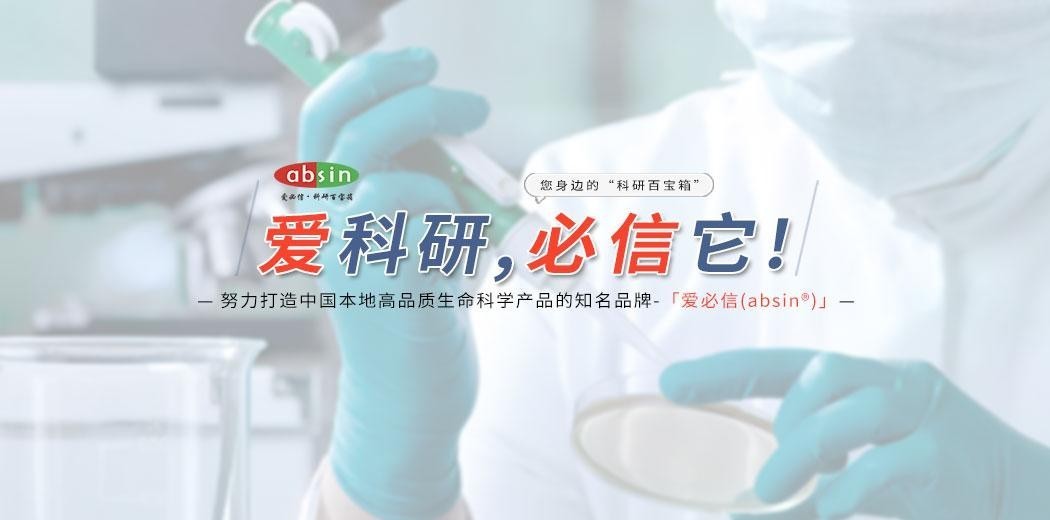
|
- 英文名称:见爱必信官网
- 品牌:爱必信(absin)
- 产地:中国
- 货号:abs814799
- cas:1948-33-0
- 价格: ¥441/瓶
- 发布日期: 2022-04-07
- 更新日期: 2025-12-25
| 产地 | 中国 |
| 品牌 | 爱必信(absin) |
| 货号 | abs814799 |
| 用途 | 见爱必信官网 |
| 包装规格 | 1g,5g |
| 纯度 | >98%% |
| CAS编号 | 1948-33-0 |
| 别名 | 叔丁基对苯二酚;TBHQ |
| 是否进口 | 否 |
|
公告提醒:爱必信所有产品和服务仅用于科学研究,不用于临床应用及其他用途提供产品和服务(也不为任何个人提供产品和服务)!
抑制剂描述: 产品名称:tert-Butylhydroquinone 产品别名:见爱必信官网 英文别名:tert-Butylhydroquinone 靶点:Nrf2 CAS:1948-33-0 纯度:>98% 外观:见爱必信官网 保存方法:Store at -20℃ for one year(Powder);Store at 2-4℃ for two weeks;Store at -20℃ for six months after dissolution. 描述: Tert-butylhydroquinone (TBHQ) is an antioxidant compound which is used to prevent lipid peroxidation and shows multiple cytoprotective actions. It is an activator of Nrf2. 溶解性:DMSO :33 mg/mL (198.53 mM) 体外研究:
Tert-butylhydroquinone (tBHQ) is a metabolite of the chemical compound butylated hydroxyanisole and induces Nrf2 activation and conveys protection against hydrogen peroxide, 6-hydroxydopamine, the pesticidal deltamethrin, and other toxicants. tBHQ preferentially alters the redox status in the mitochondrial compartment in HeLa cells. HeLa cells treated with tBHQ show a preferential oxidation of mitochondrial thioredoxin-2 (Trx2), while cellular glutathione and cytosolic thioredoxin-1 are not affected. In cultured H9c2 cells and primary cardiac myocytes, TBHQ stimulates Akt phosphorylation and suppresses oxidant-induced apoptosis. 体内研究:TBHQ treatment elicits significant cytoprotective actions in different organs under pathological conditions. Systemic or local intra-cerebroventricular treatment with TBHQ in an ischemic stroke model in rats significantly reduces the infarct size and neurological deficits. Administration of TBHQ in rats suppresses renal damage and oxidative stress after ischemia and reperfusion injury. In mice with type 1 diabetes, chronic treatment with TBHQ significantly reduces the degree of glomerular fibrosis and ameliorates proteinuria. TBHQ treatment prevents left ventricular dilatation and cardiac dysfunction induced by transverse aortic constriction (TAC), and decreases the prevalence of myocardial apoptosis. The beneficial effects of TBHQ are associated with an increase in Akt activation, but not related to activations of Nrf2 or AMP-activated protein kinase. TBHQ-induced Akt activation is accompanied by increased phosphorylation of Bad, glycogen synthase kinase-3β (GSK-3β) and mammalian target of rapamycin (mTOR).
产品信息订购:
|









